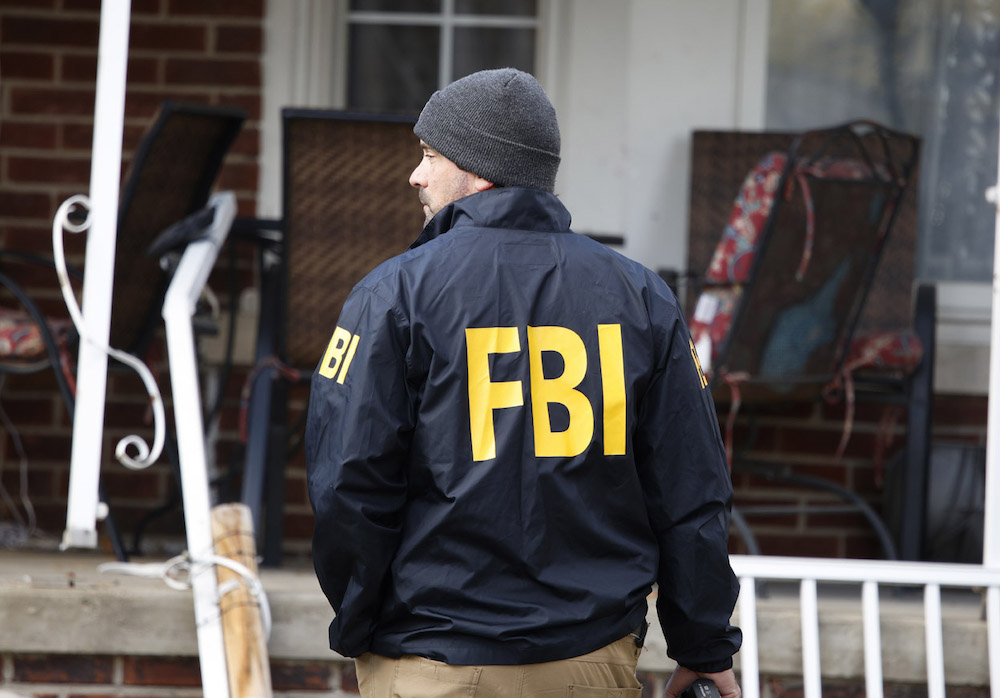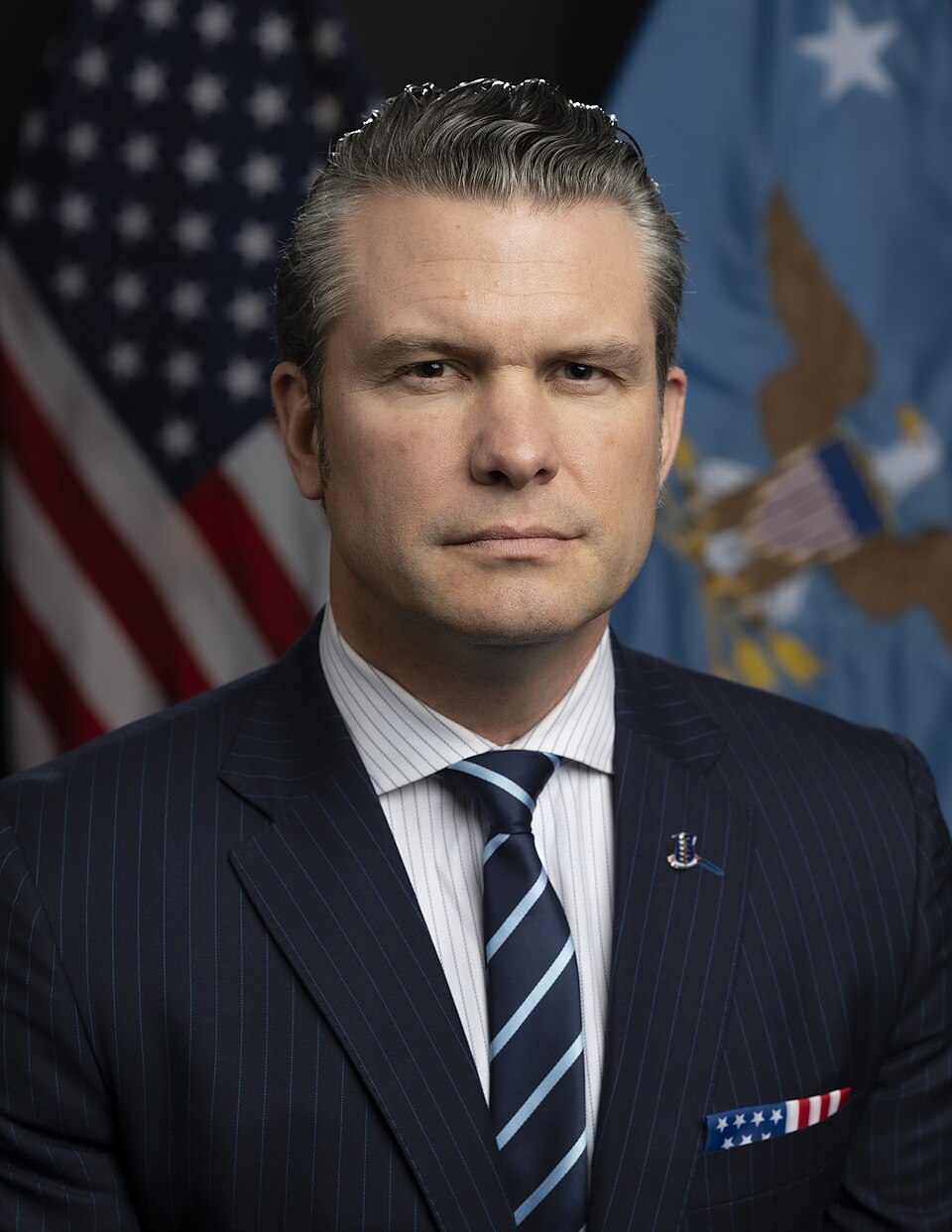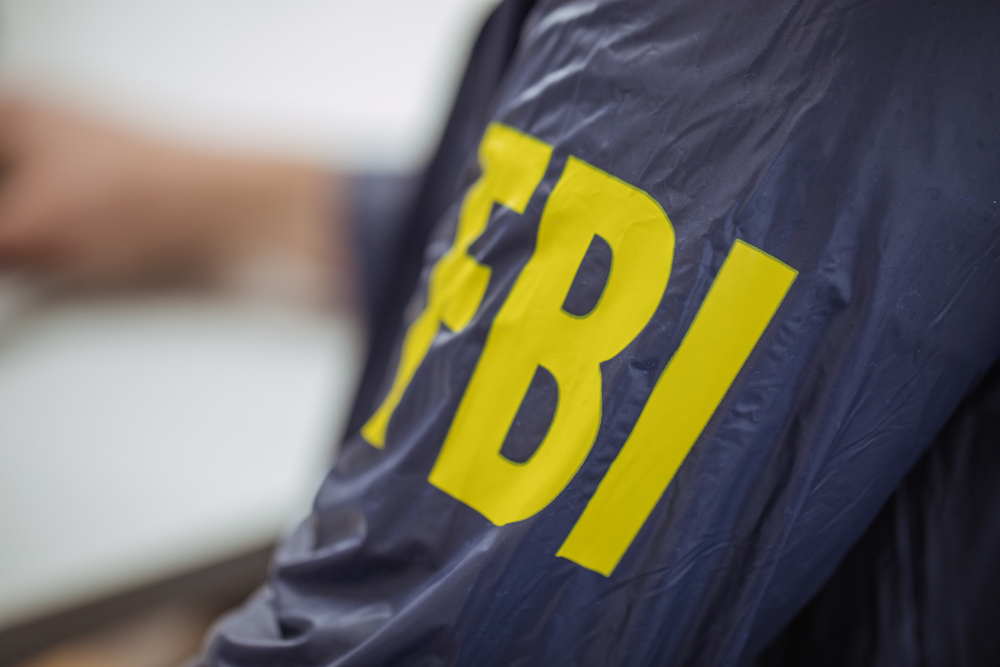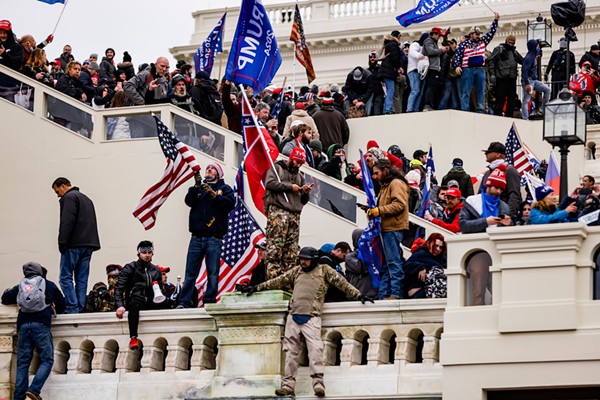Perhaps no lead in the Oklahoma City bombing investigation was left hanging more glaringly than the radical community in eastern Oklahoma known as Elohim City.
It played host to some of dangerous radical criminals of the time, and there are multiple indications from law enforcement sources McVeigh himself either spent time there or met its residents nearby.
The ATF, through its undercover informant Carol Howe, knew that people at Elohim City were talking about waging war against the government and had made specific reference to blowing up federal buildings.
The failure to follow up on this intelligence speaks to a lot of the systemic problems that beset federal law enforcement not only in the lead-up to the bombing, but also in the lead-up to 9/11 — warnings signs that were missed, individual agents whose investigative instincts were ignored, and agencies more interested in protecting their own turf than in talking to one another.
Andrew Gumbel, co-author of Oklahoma City: What The Investigation Missed — And Why It Still Matters, talked to almost all the major players involved in the Elohim City fiasco, and he and his co-author, Roger G. Charles, gained access to all the government files that have been made available to date.
The characters in this extract include Dennis Mahon, a Ku Klu Klan leader from Tulsa, Oklahoma who first took Carol Howe into Elohim City; Bob Ricks, the FBI special agent in charge in Oklahoma at the time; Robert Millar, Elohim City’s spiritual leader; and Lester Martz, the head of the ATF’s Dallas field division, with responsibility for Oklahoma.
Excerpted from OKLAHOMA CITY, reprinted with permission from William Morrow
Copyright © 2012 by Andrew Gumbel & Roger C. Charles
The ATF made many excuses for failing to follow up on the leads Carol Howe had established at Elohim City. One was that Howe had been a nightmare from start to finish and her information unusable—an argument undermined by the reliability of much of what she reported back. Another was that they were ordered by Bob Ricks to back off.
That, too, appears to be untrue. John Magaw, the ATF director at the time, said the decision to stop almost certainly came from within his agency, before Ricks had a chance to express an opinion.
“I wanted to make sure that before we conducted any more raids of those kinds of places, we were properly retrained, had the right equipment, did really good intelligence, and had done very good practicing and planning,” Magaw explained in a 2010 interview. “We weren’t ready at that time.”
Magaw could not remember exactly how the decision was made, but Lester Martz most likely brought the problem to him, and he and his assistant director for operations supported Martz’s inclination to close Howe down. Remarkably, Magaw also acknowledged that the decision might have cost the federal government an opportunity to prevent the bombing.
When reminded of the human toll at the Murrah Building, Magaw blanched visibly, and did not deny that it might have had something to do with the decisions he made about Elohim City. He said his room for maneuver was constrained by the culture of the time: the aversion to domestic intelligence work (even though the ATF did not operate under the same restraints as the FBI), the frustrating reality that the ATF did not know how to handle volatile standoffs with extremists, and a generalized inability to assess threats from the radical right.
“It was a situation where everyone was hands-off,” he said. “Would Waco happen now? Absolutely not. Would the Oklahoma City bombing have occurred? Probably not. We would have moved in on that group [at Elohim City]. But at the time I wasn’t about to take chances I didn’t need to take.”
A case has been made over the years that Howe gave the government enough material to see the Oklahoma City bombing coming. But that is not corroborated by the available documentary evidence of her informant work. Howe certainly reported on Strassmeir, Mahon, and Millar expressing a desire to set off bombs and attack government buildings, but she offered nothing more specific than that before April 19, 1995. (Afterward was a different story.)
Were there grounds to follow up on these threats anyway? Bob Sanders, the former deputy director of the ATF, certainly thought so, and so did Tristan Moreland, the agent who pursued and ultimately arrested Dennis Mahon. “If they had looked into the files, they would have seen Mahon had a predisposition to blowing up buildings,” Moreland said. If Howe’s information was deemed to be solid and the concern was about her stability, Moreland argued, the logical thing to do would have been to replace her, not shut down the entire operation.
In the heat of the bombing investigation, the government took the line that the threats were not a big deal because such talk was part of the rhetoric of the radical right and did not, on its own, imply anything. That was Finley’s line of defense when she was questioned in court in 1997. She confirmed she had heard threats to blow up government buildings, but only “in general.”
It was also the official position of the Justice Department once news of Howe’s existence became public in early 1997. Don Thrasher, a producer with ABC News who was working on pieces about Howe and Elohim City, remembered being warned by Leesa Brown, the department spokeswoman, about the danger of jumping to conclusions based on threats alone.
“If you go beyond the story of an informant in a white supremacist compound hearing all of these stories,” he quoted Brown saying, “what have you got? This happens all the time.”
“Yeah, but there’s one difference here, Leesa,” Thrasher responded.
“What?”
“The goddamn building blew up, that’s what.”
The government, of course, had every reason to be defensive. The ATF had had a pair of eyes and ears in Elohim City and pulled her out, not because she was failing to pick up indications of serious criminality—she was—but because the agency was too afraid to act on them. It adopted a posture of studied ignorance and hoped for the best.
After the bombing, the ATF wanted desperately to avoid talking about Elohim City. Even after the FBI was given the Carol Howe file, Bob Ricks and Danny Defenbaugh never quite believed they had the full story. “Shame on them,” Defenbaugh said. “In upper case—SHAME ON THEM. Sometimes dealing with other players in this is like pulling teeth from a toothless tiger. Ask them why [they didn’t tell everything they knew]. They didn’t ever give me a good reason.” A contrite Magaw did not say a lot in the ATF’s defense. “He’s right,” he responded when Defenbaugh’s words were read back to him. “If we did know something and didn’t bring it forward, then shame on us.”
The FBI was far from blameless itself, having avoided looking into Elohim City for years. The decision to expend only token energy on the community after the bombing was the bureau’s alone. That mystified some of the FBI’s old pros, none more than Danny Coulson, who had spent his career chasing right-wing radicals and found the idea of shying away from Elohim City offensive and ridiculous.
“You still do your job, I’m sorry,” Coulson said. “You’ve taken an oath. You’re a professional, you figure out a way to do it. They’re afraid of another Waco. . . . If that’s your attitude, get out of the business. Go into the shoe business. Be a chef. By its nature it’s risky. You’ve got to be smarter than that.”





